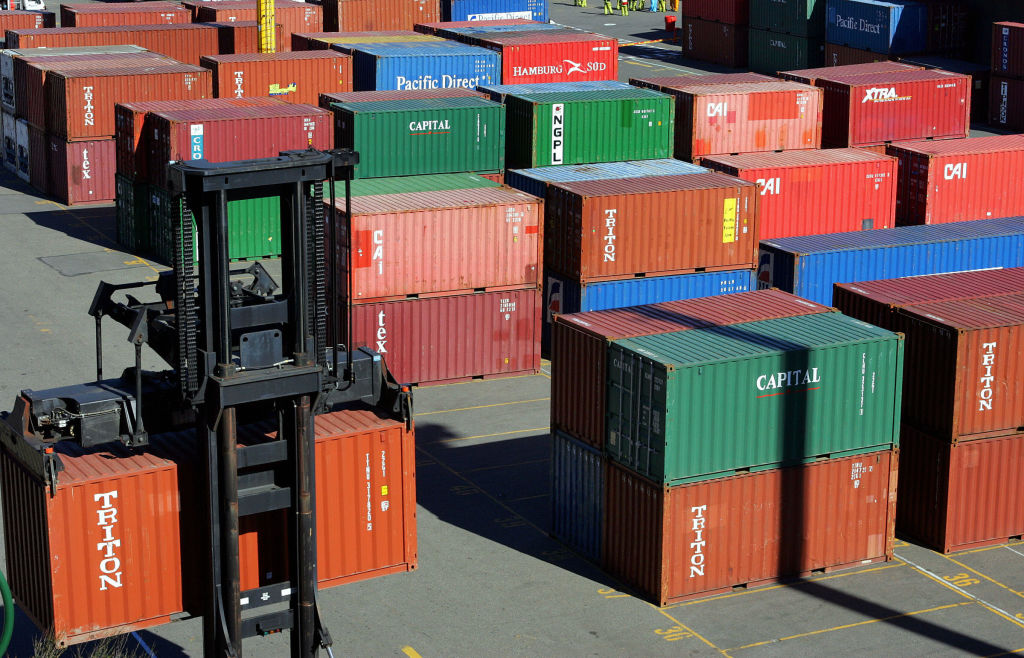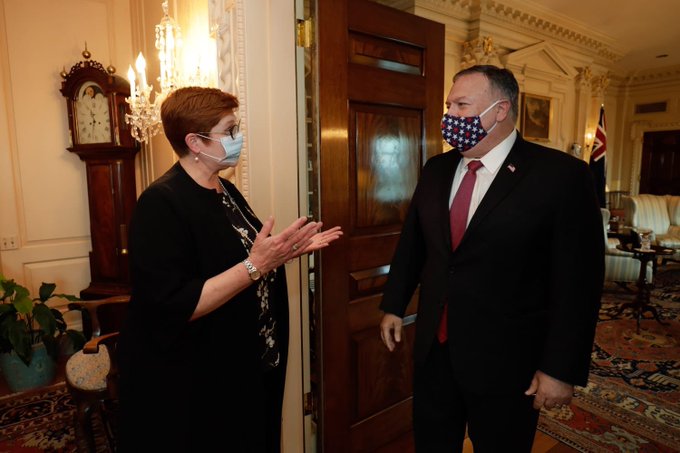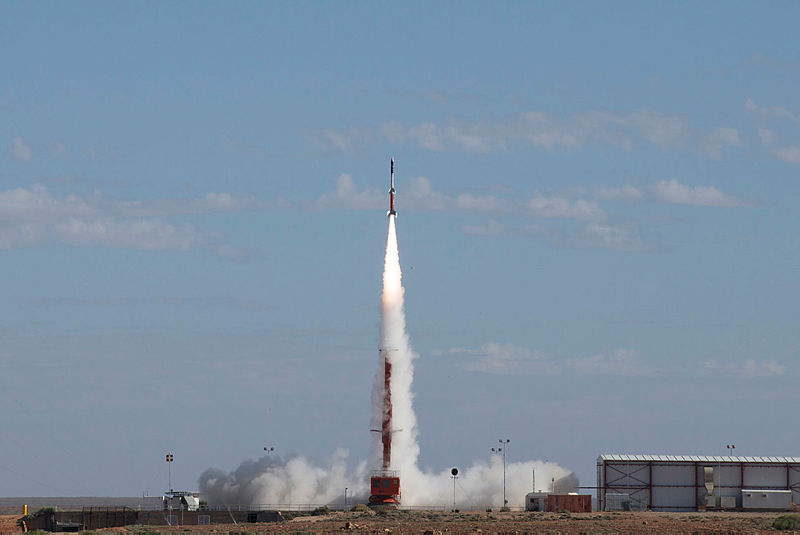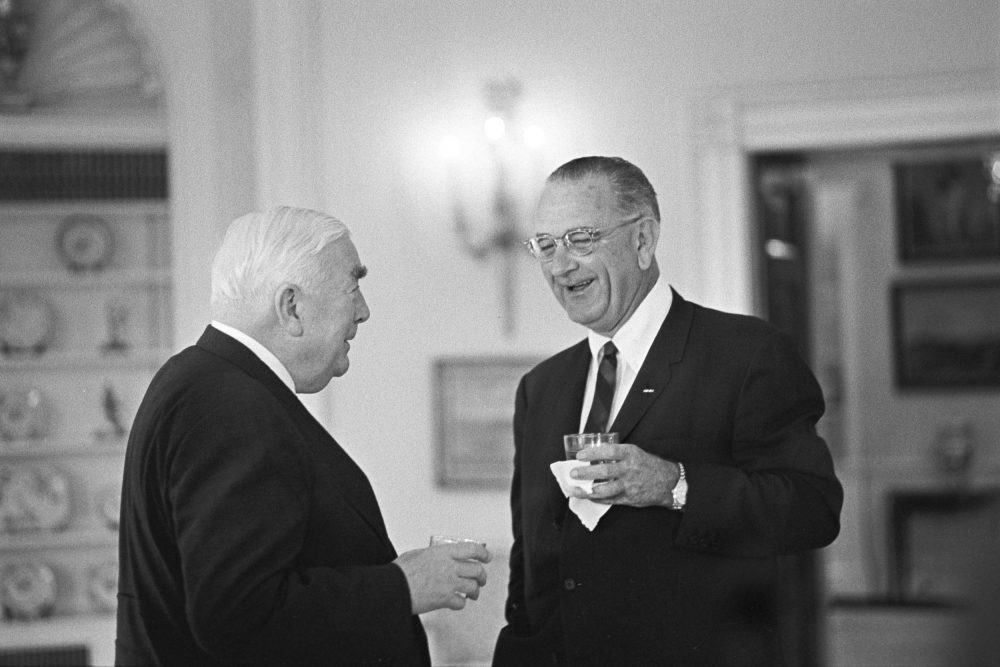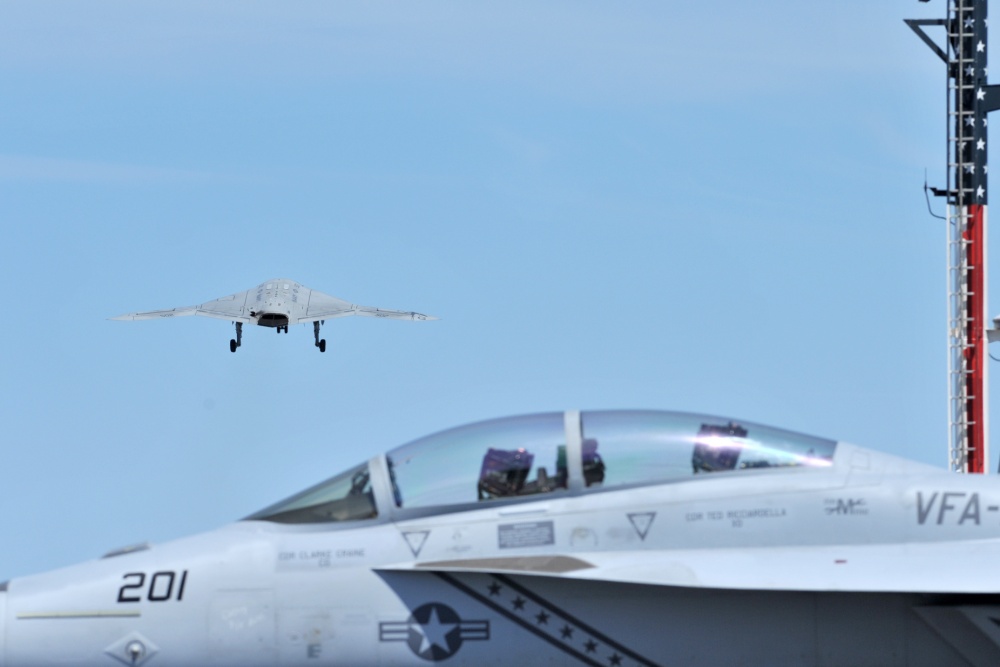
Australia’s review of defence strategy and the capabilities that flow from it is almost complete. From the outside, the strategic assessment has to be that China’s power and military reach have grown faster than expected, including its ability to reach into and operate in Australia’s near region.
In addition, the slow growth in Australian military capability through the 2016 defence white paper’s major programs—frigates, submarines and armoured vehicles—is out of step with our need, along with our US ally, to have a stronger military to deter China’s assertiveness and presence in our region.
This time gap needs to be closed, as does an emerging capability gap.
Once the big new platforms like frigates and submarines turn up, the US and Australia will need harder hitting weapons to launch from them, in greater numbers and with longer ranges, than currently planned.
The 2021 US defence budget proposal shows how Australia can shift its own plans to deal with the new strategic and operational reality.
US Defense Secretary Mark Esper’s US$704.5 billion bid for military spending isn’t the average Pentagon budget. It’s the first marking the decisive shift in US strategy from the counterterrorism era to the US–China peer competitor era, a competition happening primarily in the Indo-Pacific.
The Pentagon is changing the US military’s fundamental design. That’s because many of the weapons and systems it has—or was in the midst of developing and buying—are great for fighting insurgents and terrorists, but are less useful or just plain vulnerable when it comes to fighting or deterring a peer-state military like the People’s Liberation Army.
Previously important plans are being cut. Unmanned aerial systems the US has begun to field are being retired (like the RQ-4 Global Hawk), ‘paused’ in early production (like the MQ-4C Triton) or left in service without further production (like the MQ-9 Reaper).
These systems are hugely capable, but they’re vulnerable to an adversary that can strike relatively slow aerial targets. Iran shot down a Global Hawk last year. And these drones are so expensive they can only be bought in small numbers—each Triton costs about A$265 million. Even the cashed-up US military was planning to buy just 65 of them.
Armed drones like the Reaper were used extensively in Afghanistan and Iraq for counterterrorism operations but are too vulnerable to be used against a state with layered air defences like China.
The US decisions sound bad for Australia, because the planned acquisition of the Triton and a variant of the Reaper are the Australian Defence Force’s first big ventures into unmanned systems. So, in one way it’s a nasty shock to find that just as Australia is finally stepping into these systems, the US is stepping out.
In fact, though, the timing of this message is perfect. Australia needs to make a similar strategic shift. Left to itself, a conservative defence organisation might stay on the fence a bit longer.
The US isn’t just getting off the Global Hawk, Reaper and Triton buses, it’s also proposing to retire some big weapons platforms like B-1 bombers as well A-10 attack planes, older C-130 Hercules aircraft and even some F-15 and F-16 fighters. If Congress lets it, the Pentagon will also retire four navy ships.
So, what about the new weapons the US is developing and fielding with the money the cuts free up? There’s a pattern here and, with the exception of the B-21 bomber, it’s not about developing the next generation of the usual submarines, aircraft or ships.
The tagline for the new investments is ‘offensive, intelligent and autonomous’. That means things like hypersonic weapons, unmanned surface vessels, long-range and smart munitions, artificial intelligence, autonomous systems, microelectronics and 5G, satellites, and cyber and cloud-computing infrastructure.
The Pentagon has already accelerated the fielding of the Orca, Boeing’s large unmanned submarine. Australia should buy in now and get this undersea capability years before the first Attack-class submarine turns up. The US has also put its long-range anti-ship missile into production and announced that its new ‘global strike hypersonic weapon’ will be deployed in submarines from 2028.
These new capabilities will provide a decisive step up in offensive power to deter the PLA. Some will deliver real capabilities to servicemen and -women much faster than traditional development programs.
If the US military has decided it lacks combat punch against Chinese capabilities, what does that mean for Australia? Our much smaller force operates predominantly US platforms and has mainly US weapons. The force envisaged in the 2016 white paper mirrors US gaps in offensive power, which the Pentagon is now in a big hurry to close.
Waiting for the US to release these new capabilities through its foreign military sales or contractual purchase programs would mean staying behind the curve during this decade of change and risk. The US acceleration means the smart path for Australia is to buy into smaller and faster development programs. These programs must include co-production of the resulting systems and weapons in the US and in Australia.
That involves risk, because not all programs will succeed. But getting involved now removes the much greater and growing risk that the ADF will be outmatched in conflict.
Australia is perhaps the only ally that could develop and co-produce systems with the US, because of the tight integration in high-end systems that have been created over decades.
Cooperative development isn’t new, although co-production like this will be, and it makes economic and strategic sense.
Deterring Chinese power involves more than just increased combat punch; it also involves dispersing forces more widely to complement the longstanding concentration of US forces in South Korea and Japan. And distributed forces are best supported by dispersed supply chains. Co-production of weapons systems used by the US and Australia will be an enormous advantage for both our militaries. It will give flexibility to our forces and complicate any adversary’s planning.
So, a test for the defence review is how successful it is in proposing more than marginal shuffling in the $200 billion integrated investment program. The Defence Department needs to move decisively to rapidly develop and field the offensive, the intelligent and the autonomous, as we see the US doing.
A bigger test is about Defence’s ability to link strategy, politics and economics. Can it convince the defence minister and prime minister that now is the time to invest in fast co-development and co-production programs with the US and other close partners?
Such investments can be part of a targeted economic stimulus program and will leave a lasting benefit beyond a short-term cash injection.
They would involve new production facilities in Australia and partnerships between big defence companies and local small and medium enterprises. Producing Rafael’s Spike missile here in Australia with its partner Varley is an example.
If this is done well, the government money will bring more funds from Australia’s growing private equity investors, some of whom are already in the defence sector.
Private equity is looking for just this kind of government signal as a way to generate stable returns in an uncertain world. Such investment will magnify the stimulus effect of the government’s money and turn some of our small defence companies into medium-sized firms.
The bigger benefit, of course, will be a more secure Australia.


